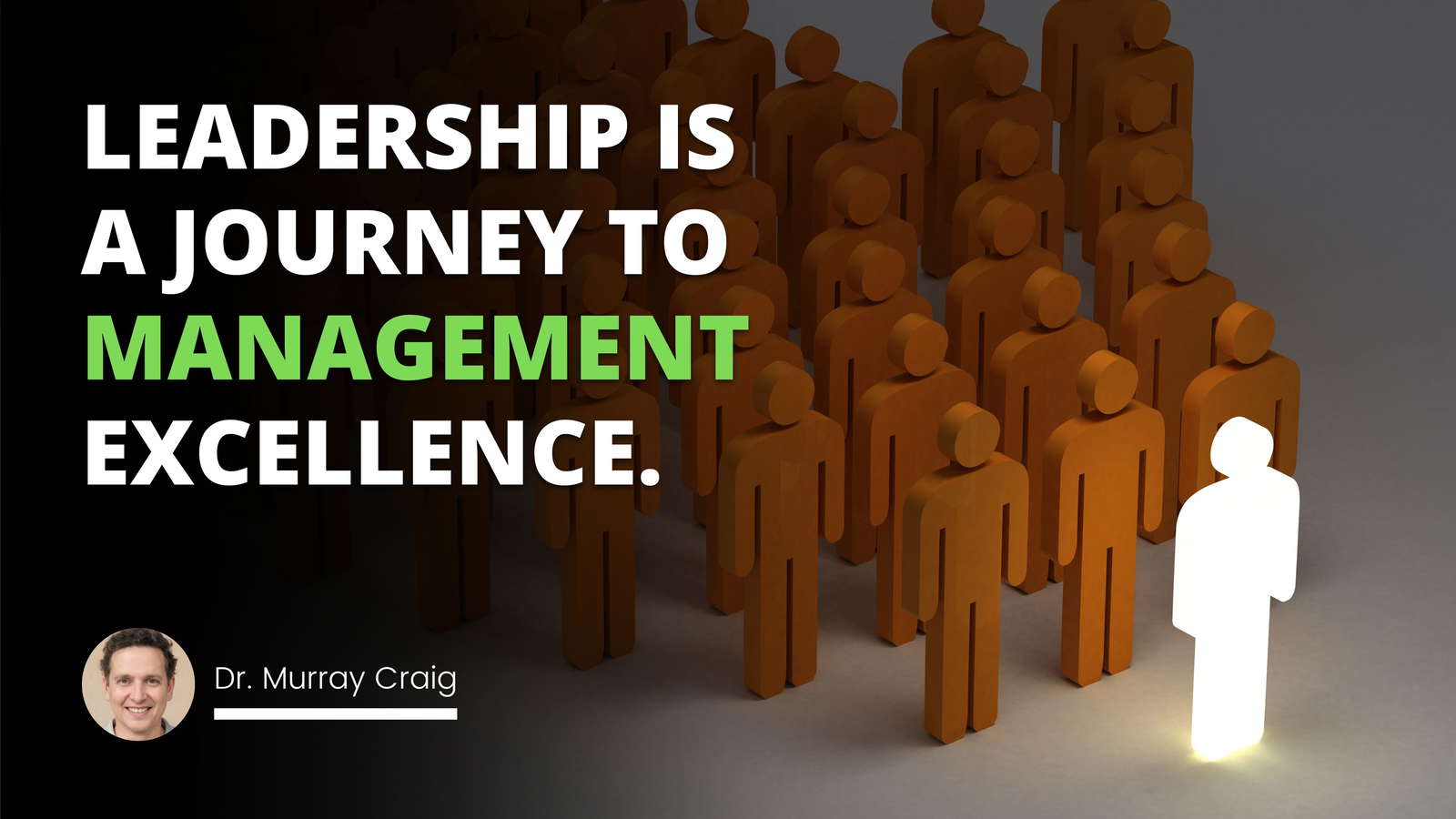
As someone who has spent over a decade working in various organizations, from small startups to large multinational corporations, I have come to appreciate the profound impact that effective organizational management can have on business success. In this blog post, I will share my insights and experiences, delving into the key concepts of organization definition, management essentials, organizational management, the definition of management, and business organization essentials.
My aim is to provide you with a comprehensive framework for understanding and enhancing organizational performance, drawing from both theoretical knowledge and practical wisdom.
Defining the Organization: A Multifaceted Concept
The Essence of an Organization
At its core, an organization is a group of individuals united by a common purpose, working together to achieve shared goals. Having been part of numerous organizations, I have witnessed firsthand how the alignment of individual efforts towards a collective vision can create remarkable results. Whether it's a for-profit business striving to maximize shareholder value, a non-profit organization dedicated to social impact, or a government agency serving the public interest, the essence of an organization lies in its ability to harness the power of collaboration.
The Significance of Organizational Structure
One of the most crucial aspects of any organization is its structure – the arrangement of roles, responsibilities, and authority that defines how work is divided and coordinated. In my experience, the choice of organizational structure can have a profound impact on efficiency, decision-making, and adaptability. I once worked for a company that transitioned from a hierarchical structure to a more networked model, and the transformation was remarkable. By empowering employees at all levels and fostering cross-functional collaboration, the organization became more agile and innovative, better equipped to respond to the challenges of a rapidly changing market.
The Evolution of Organizational Paradigms
As someone who has studied the history of organizational development, I am fascinated by how the concept of organizations has evolved over time. From the rise of the modern corporation during the industrial revolution to the emergence of agile and learning organizations in the digital age, the paradigms of organizational management have undergone significant shifts. One of the most exciting trends I have observed in recent years is the growing emphasis on organizational agility and resilience – the ability to adapt and thrive in the face of disruption. In my current role as a consultant, I work with organizations to cultivate these qualities, helping them navigate the complexities of the 21st-century business landscape.
The Art and Science of Management
Defining Management
At its essence, management is the art and science of planning, organizing, leading, and controlling resources to achieve specific goals. Throughout my career, I have had the privilege of working with and learning from exceptional managers who embody this definition. One of my mentors, a seasoned executive with decades of experience, once shared with me her secret to effective management: "It's about finding the right balance between strategy and execution, between vision and pragmatism, between empowering your team and holding them accountable." This wisdom has stayed with me, guiding my approach to management in various contexts.
The Pillars of Effective Management
In my experience, effective management rests on four key pillars: planning, organizing, leading, and controlling. As a manager, I have always placed great emphasis on strategic planning – setting clear goals, developing action plans, and allocating resources to support their achievement. Equally important is the ability to organize – to design structures, processes, and systems that enable efficient execution. Leadership, of course, is the heart of management – inspiring and guiding people towards a shared vision, fostering a culture of excellence and innovation. And finally, control – monitoring performance, identifying gaps, and taking corrective action – is essential for ensuring that the organization stays on track.
The Human Dimension of Management
While management is often associated with technical skills and business acumen, I have come to appreciate the profound importance of the human dimension. The best managers I have known are not just competent administrators; they are also empathetic leaders, skilled communicators, and astute problem-solvers. They understand that behind every data point, every process, and every decision, there are people – with their own strengths, weaknesses, aspirations, and fears. Effective management, in my view, is as much about nurturing talent, building relationships, and fostering a sense of purpose as it is about optimizing resources and maximizing profits.
Organizational Management: Integrating Structure and Strategy
The Interplay of Organization and Management
One of the most fascinating aspects of organizational management is the interplay between structure and strategy. As I have observed in my consulting work, the way an organization is structured can have a significant impact on its ability to execute its strategy effectively. Conversely, the strategic choices an organization makes can shape its structure and processes in profound ways. The challenge for managers is to find the right balance – to design structures that support strategic objectives while remaining flexible enough to adapt to changing circumstances.
Best Practices in Organizational Management
Over the years, I have had the opportunity to study and implement various best practices in organizational management. One of the most valuable resources I have found is the wealth of free MBA course material and online certification courses available today. These resources have exposed me to cutting-edge research and case studies, providing valuable insights into what works and what doesn't in different contexts. Some of the key best practices I have learned include:
Aligning organizational goals with individual objectives and incentives
Fostering a culture of continuous learning and improvement
Encouraging cross-functional collaboration and knowledge sharing
Embracing agility and adaptability in the face of change
Investing in employee development and well-being
Cultivating a strong sense of purpose and values
Navigating the Challenges of Organizational Management
Of course, organizational management is not without its challenges. As a manager and consultant, I have grappled with a wide range of issues – from managing remote teams across different time zones to navigating complex stakeholder relationships to driving change in the face of resistance. One of the most valuable lessons I have learned is the importance of resilience and adaptability. In a world of constant change and disruption, the ability to bounce back from setbacks, learn from failures, and pivot quickly is essential for organizational success.
Business Organization Essentials: Principles for Success
The Foundations of Business Success
Having worked with a diverse range of businesses – from scrappy startups to established industry leaders – I have come to appreciate the fundamental principles that underpin organizational success. At the heart of these principles is a commitment to creating value – for customers, employees, shareholders, and society at large. Successful businesses are those that have a clear sense of purpose, a deep understanding of their markets and customers, and a relentless focus on innovation and continuous improvement.
Embracing Innovation and Adaptation
One of the most exciting aspects of my work is helping organizations embrace innovation and adaptation. In today's fast-paced, technology-driven world, the ability to anticipate and respond to change is no longer a luxury – it's a necessity. I have seen firsthand how businesses that invest in research and development, foster a culture of experimentation and learning, and are willing to disrupt their own models are the ones that thrive in the long run. From implementing agile methodologies to leveraging data analytics to drive decision-making, the opportunities for innovation are endless – and the rewards can be game-changing.
Conclusion
As I reflect on my journey in organizational management, I am struck by the incredible complexity and dynamism of this field. From the intricacies of organizational structure to the nuances of leadership and strategy, there is always more to learn and discover. Yet, amidst this complexity, there are also timeless principles and values that guide the most successful organizations – a commitment to purpose, a focus on people, a passion for innovation, and a willingness to adapt and grow.
As we navigate the challenges and opportunities of the 21st century, I believe that the art and science of organizational management will only become more important. By continually learning, experimenting, and refining our approaches, we can build organizations that not only survive but thrive – creating value for all stakeholders and making a positive impact on the world.
For those who share this passion, I encourage you to explore the wealth of resources available – from free MBA courses and online certifications to books, articles, and case studies on organizational behavior, leadership, and strategy. The journey of mastering organizational management is a lifelong one – but it is also one of the most rewarding and impactful pursuits we can undertake.
References and Further Reading
Free MBA Courses - A collection of free online MBA courses from top universities and institutions around the world.
Organizational Behavior - A comprehensive textbook on organizational behavior, covering topics such as motivation, leadership, team dynamics, and organizational culture.
The Fifth Discipline: The Art & Practice of The Learning Organization - A seminal book on organizational learning and systems thinking, exploring how organizations can cultivate the capacity for continuous learning and adaptation.
Harvard Business Review - A leading source of insights and analysis on management, leadership, and strategy, featuring articles, case studies, and research from top scholars and practitioners.
Frequently Asked Questions
What are the key elements of defining an organization in terms of management essentials?
Defining an Organization: Management Essentials
In discussing management essentials of an organization, we must consider key elements. These elements are the foundation. They guide operations and influence success.
Vision and Purpose
Every organization needs a clear vision. This is the compass. It aligns decisions and motivates stakeholders. The purpose underpins this vision. It answers 'why do we exist?'. Together they form an organization's identity. They shape its culture and strategy.
Structure
Next is structure. It outlines roles, responsibilities, and hierarchies. A well-defined structure ensures efficiency. It simplifies communication. It also facilitates decision-making. Structure adapts as organizations evolve. Therefore, regular assessment and restructuring are vital.
Strategy
Strategy makes vision attainable. It contains long-term goals and action plans. Strategy integrates market analysis, resource allocation, and competitive insights. It sets the course. It demands flexibility to adjust to external forces.
Leadership
Leadership is the driving force. Leaders shape culture. They set ethical standards. They inspire and influence others. Effective leadership champions innovation. It ensures team coherence. It also drives performance.
Operations Management
Operations management is about process optimization. It ensures resources are used effectively. It maximizes value creation. Operations management requires constant improvement. It needs monitoring and evaluation.
Human Resource Management
People are core assets. Human resource management recruits, develops, and retains talent. It shapes policies for employee welfare. It also handles conflict and ensures compliance. Effective HRM aligns personal goals with organizational objectives.
Financial Management
Fundamental to survival is financial management. It covers budgeting, forecasting, and accounting. It ensures regulatory compliance. Financial health is key. It requires prudent investment and risk assessment. It also demands cost control.
Quality Assurance
Quality defines reputation. It stems from customer satisfaction. Quality assurance involves setting standards. It mandates regular inspection. It requires corrective actions. This sustains product and service excellence.
Innovation and Change Management
An organization must embrace change. It needs innovation to stay relevant. Organizations must anticipate shifts in demand and technology. They keep pace through continuous learning. They adjust through change management. This includes planning, implementing, and monitoring change.
Communication
Effective communication binds these elements. It enables clear message transmission. It fosters collaboration. It’s crucial for crisis management. Communication is both internal and external. It encompasses all modes and channels.
Performance Evaluation
Finally, performance evaluation is essential. It assesses organizational health. It identifies areas for improvement. It rewards achievements. It also drives accountability. This involves setting measurable targets. It requires collecting data. It also necessitates unbiased analysis.
In conclusion, these management essentials define an organization. They dictate function, culture, and performance. Each element is a cog in a complex machine. Together, they enable organizations to navigate challenges and leverage opportunities.
How do management essentials contribute to the effective functioning of an organization?
Management Essentials and Organizational Effectiveness
Organizations rely on solid management practices. These practices, or essentials, form a foundation. They enable effective organizational functioning.
Strategic Planning
Strategic planning steers the organization. Leaders set clear goals. They envision the future. Team members align with this vision. Efficiency increases. Everyone understands the direction. Resources optimize toward set objectives. Organizational performance improves as a result.
Effective Communication
Communication binds an organization together. It must be clear. It must be concise. It must be consistent. Leaders communicate expectations. Teams share feedback. Information flows smoothly between levels. Trust builds. Collaboration becomes more productive.
Decision-Making Proficiency
Good decisions drive success. Managers must analyze situations quickly. They consider all relevant factors. They make informed choices. Risk is managed. Opportunities are seized. The organization adapts. It grows despite challenges.
Leadership and Motivation
Leaders inspire their teams. They set the tone. They model desired behaviors. Their passion is contagious. Employees feel valued. They are more engaged. Motivation translates into higher productivity. Morale is high. Turnover rates fall.
Team Building
Teams deliver results. They must function well together. Managers foster collaboration. Diversity is embraced. Individual strengths are leveraged. Creative solutions emerge. Team members achieve more together.
Time Management and Delegation
Time is precious. Managers prioritize tasks effectively. They delegate appropriately. Workload is balanced. Burnout reduces. Each team member contributes. Deadlines are met. Performance does not falter.
Conflict Resolution
Conflict is inevitable. Managers must address it. They mediate disputes. They maintain a positive work environment. Harmony is restored. Energy focuses on progress. The organization thrives.
Continuous Improvement and Adaptability
Change is constant. Managers pursue ongoing improvement. They embrace innovation. Processes are refined. Adaptability is a competency. The organization stays competitive.
In summary, management essentials are critical. They enable organizations to function effectively. They ensure adaptability. They secure a competitive edge. They promote sustainable growth. Every organization needs strong management practices. They are the key to long-term success.
What is the role of strategic planning in shaping the management essentials of an organization?
The Essence of Strategic Planning
Strategic planning stands at the core of organizational management. It shapes how enterprises set priorities and focus energy and resources. At its heart, the process maps out where an organization is heading. Over time, it informs how to get there successfully.
Aligning Vision and Action
Strategic planning aligns the organization's vision with its actions. It transforms abstract concepts into concrete plans. A clear strategy sets out what the organization values most. It guides decision-making and rallies employees around shared goals.
Informing Decision-Making
Decision-making is critical in management. Informed decisions spring from a well-crafted plan. The process involves analyzing internal and external environments. The findings inform actionable strategies. Managers lean on these strategies to make choices. These choices affect the organization's trajectory.
Prioritizing Resources
Resource allocation is a strategic act. Strategic planning identifies where to allocate resources for maximum impact. Every dollar, minute, and asset follows the strategy's lead. This ensures efforts are concentrated, not diluted.
Driving Organizational Focus
Clarity is a benefit of effective planning. Managers and teams know what to focus on. They understand the priority tasks and objectives. There's less room for confusion or misdirection. Focus becomes sharper. Outcomes improve as a result.
Building a Roadmap for Success
Strategic planning is akin to building a roadmap. It details the path from the current position to desired achievements. Managers use this roadmap to guide their teams. They navigate challenges and leverage opportunities.
Measuring Performance
Performance metrics are tools of strategic planning. They help evaluate success. Benchmarks stem from strategic objectives. Organizations measure what matters. They adjust tactics based on these measurements.
Encouraging Proactiveness
Reactive management is less effective than proactive leadership. Strategic planning fosters proactivity. It anticipates future needs and hurdles. Organizations become agile and adaptive. They anticipate rather than just react.
Promoting Communication
Effective plans improve communication. They articulate goals and strategies. When everyone understands the plan, cohesion improves. Good communication fortifies management. It ensures consistent messaging and understanding.
Fostering Continuous Improvement
Strategic planning is not static. It encourages ongoing assessment and adaptation. Continuous improvement becomes part of the culture. Organizations evolve. They stay relevant and competitive.
Conclusion
Strategic planning is not just a process; it is the lifeblood of sound management. It influences every essential aspect of an organization. The plan provides a foundation for decision-making, resource allocation, and innovation. Management essentials are shaped and honed through strategic planning. It is a vital tool in an ever-changing business landscape.


